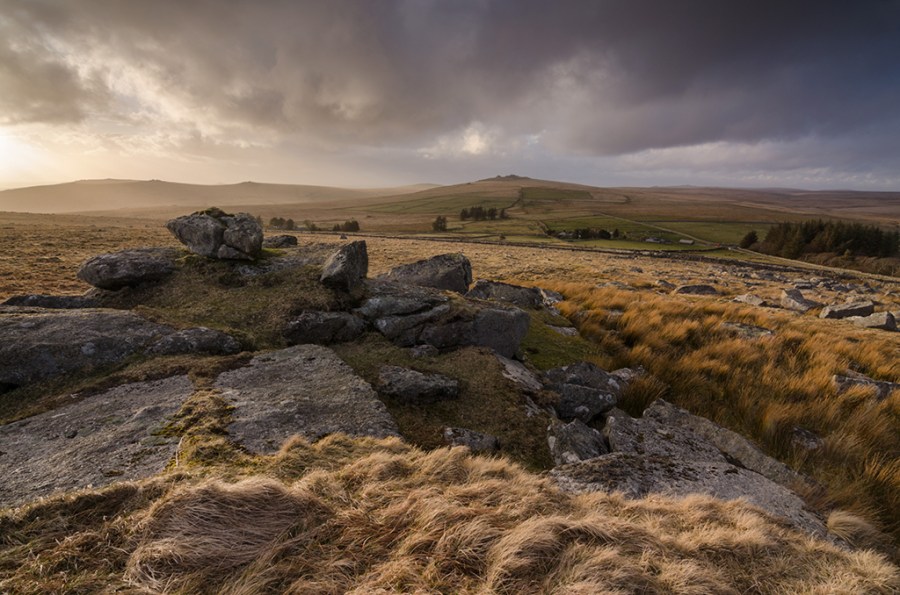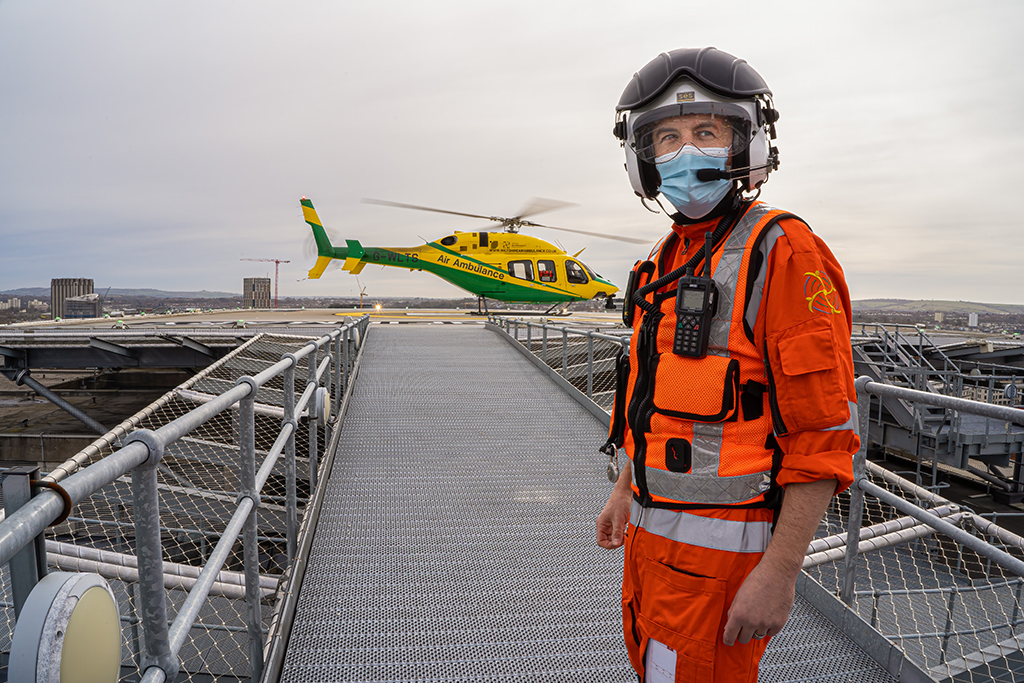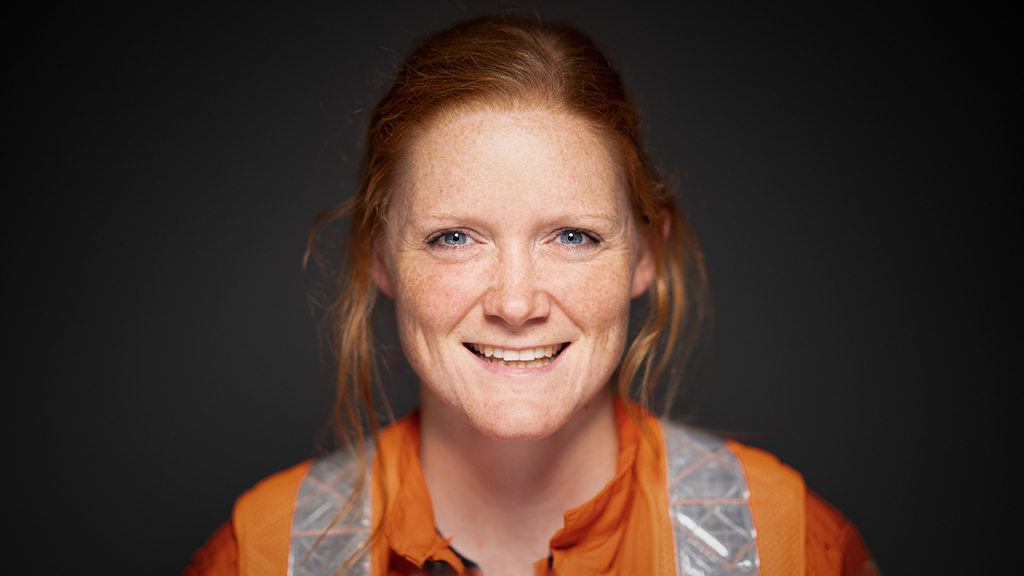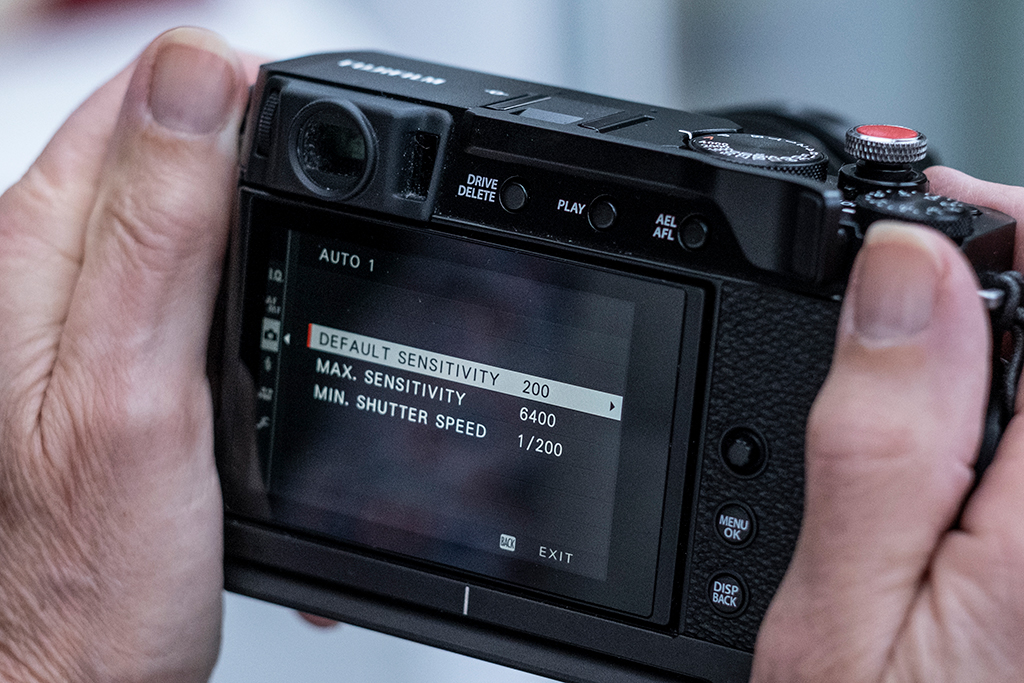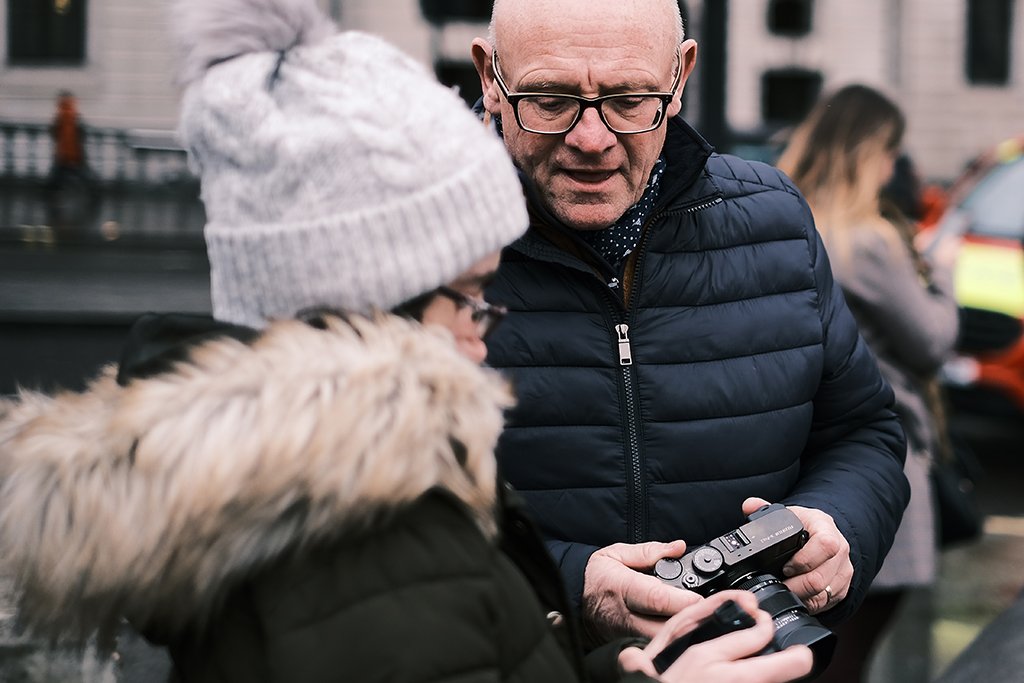Kingsley Singleton speaks to three pro photographers about how they handle aperture, shutter speed and ISO to achieve the best results when taking photos.
Professional photographers, Terry Donnelly, Brian Lloyd Duckett and Alan Howe share their insights into using aperture, shutter speed and ISO below.
Aperture
Pro sports and portrait photographer Terry Donnelly opens up about aperture, exposure and depth of field
Terry Donnelly

With a wealth of experience, Terry Donnelly shoots professionally in top-flight sports, editorial, PR and portraiture, and regularly features in national and international news media. Find out more at www.terrydonnelly.co.uk
Fundamentally, the aperture is a tool to let more light or less light into the camera. But of course, it’s more than that. Like many pros, I tend to work at wider apertures for a variety of reasons. Yes, it keeps my shutter speed up and means I can shoot more easily when available light is low, but it also adds separation and emphasis on the subject.
Ultimately apertures such as f/1.4 or f/2 can bring a more cinematic look, which I love, but doing it successfully is about more than dialling in a number. Here are a few pointers.
When to go deeper
Though I like to work at wider apertures, there are plenty of times I’ll stop down to more middling f/stops like f/5.6 or f/8. Longer focal lengths, like a 135mm or 200mm lens, can create a shallower depth of field, so smaller apertures can help keep both the whole of the subject in focus and improve background context. Stopping down is also important with groups.
If I’m shooting a wedding party or a family, I want separation for the subjects, but everyone needs to be within the focal plane and remain in focus! There are also times where I want to push the shutter speed lower to show movement in the background, and smaller apertures will help with that.
Take care in the shallows
Shooting with a very shallow depth of field is something people associate with a more refined and professional look. But be careful. Novices often go too far with background blur. If all you have is a completely soft background, images will lose context. I often shoot character and environmental portraits, so I want a background to be recognisable, even if it’s out of focus.
Take care that you adjust the aperture for the size of the subject’s head, too. I find that shifting to f/1.8 or f/2 for men helps to keep their larger features in focus. You can still work at very wide apertures but try to use shorter focal lengths or step away from the subject a bit. Completely blurred backdrops also mean images lose depth. To offset that, remember you can compose with out-of-focus foreground elements, too.
Kit for working with wide apertures
Using the wider apertures can be problematic in bright conditions like midday sun, where minimum ISO and highest shutter speeds can’t give you correct exposure values. Historically, that was down to the limits of a camera’s maximum shutter speed, typically 1/8000sec. Using modern cameras with fast electronic shutters capable of exceeding that can solve the problem.
Fitting an ND filter to decrease the light intensity entering the camera will help, too. Flash power can also be a problem – there can be too much of it for wider apertures even at the lowest output, so either fit an ND filter to the camera or a diffuser to the light source. Alternatively, use lower-powered flash heads, or – like me – switch to LED lighting. My Rotolight NEO and AEOS lights can be set to low output and work brilliantly with wider apertures, plus – unlike flash – you can see exactly the effect you’re getting before you shoot.
EVF makes it clearer
As a Sony Alpha user, I know how beneficial shooting with a mirrorless camera can be in judging the effects of aperture. Obviously, it becomes second nature as you learn what works for you, but an EVF shows depth of field in a way that an optical viewfinder can’t.
Remember, a DoF preview on a DSLR will progressively dim the brightness, but with an EVF, it’s obvious, and you can see if you’re getting enough subject sharpness or context in the background. Yes, you can shoot and chimp the screen, but that takes you out of the moment.
ISO
Street specialist Brian Lloyd Duckett says it’s time to re-evaluate how you use ISO and how working in Auto mode can free up your photography
Brian Lloyd Duckett

Brian Lloyd Duckett is a professional street photographer and Fujifilm ambassador who runs workshops via streetsnappers.com. His latest book, 52 Assignments: Black & White Photography, is out in February, and he’s also on YouTube @streetsnappers
I wish I had a pound for everyone I meet who thinks that high ISOs are the work of the devil. Many of us grew up with the mantra of ‘use the lowest ISO possible,’ but camera technology has moved on so much today that high ISOs are no longer a bad choice. In fact, I use them all the time to help me get sharper images.
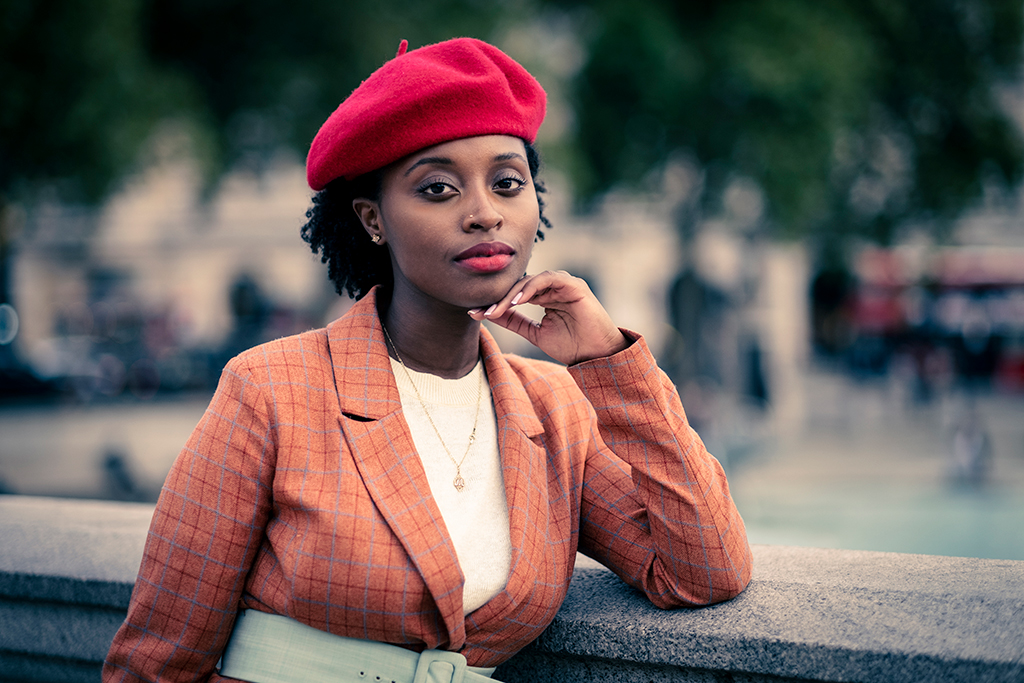
I’m a documentary and street photographer and being completely flexible with my ISO is central to my way of working. So, my advice is to forget what you’ve been taught and be a little more liberal with your ISO settings. Sure, it’s maybe a new way of thinking, but once you accept it, you’ll never look back.
Aim high
Things are often moving fast on the streets and a high ISO allows me to work with a fast shutter speed. It’s usually better to have a tiny – often imperceptible – amount of extra noise than a picture that’s virtually unusable because it’s blurred. I’ll let my ISO go to 6400 for daytime shooting and 12,800 at night without any worry at all.
Then there are times when a little bit of noise from high ISO is a welcome thing. I’m currently shooting a black & white documentary project, mostly in low light and which has a gritty, contrasty aesthetic; using high ISO is absolutely no problem and even adds to that.
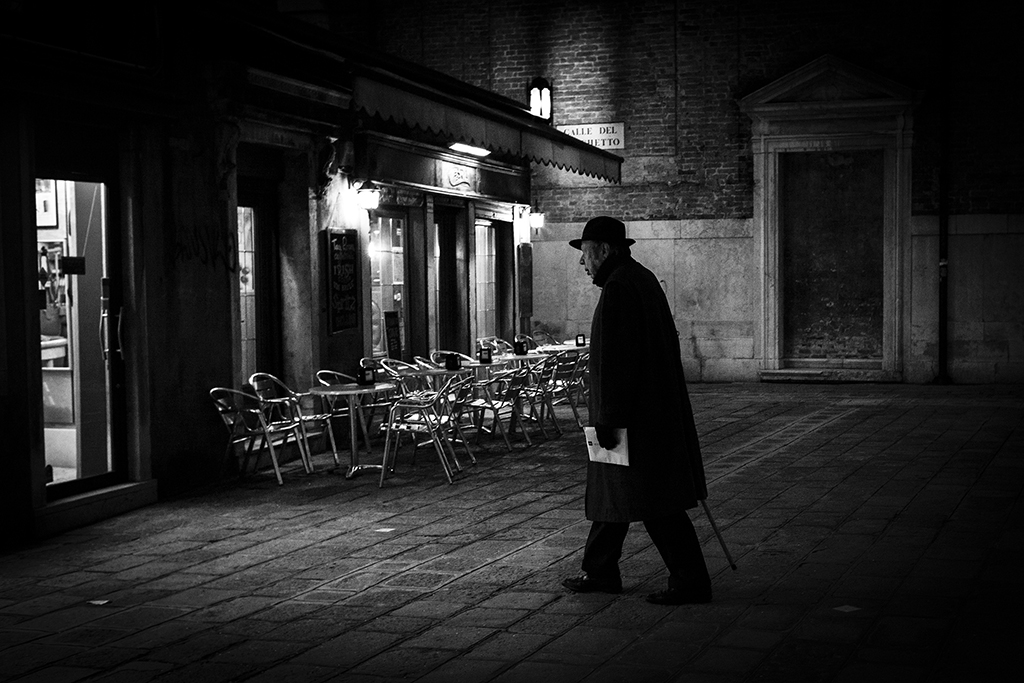
The ‘set it and forget it’ approach
When you get confident in using your camera’s higher ISOs, the Auto ISO option becomes a brilliant tool. I think of Auto ISO as my ‘flexible friend’. It simply adjusts itself to the level I need to get a perfect exposure, and when you think of it that way, why wouldn’t you use it? It gives me so much flexibility that I use it for my street shooting and just about everything else.
It’s also a vital part of my ‘set it and forget it’ approach. With these settings you can forget about what’s going on in the camera and can focus all your attention on what’s happening around you, searching for subjects and ensuring you get the best possible composition. Working in aperture priority mode, my aperture is usually around f/8, for a decent depth of field.
I set the ISO to Auto, then adjust the range in which it will work to 200-6400 for daytime shooting (or 400-12,800 for night shooting). Finally, I set the minimum shutter speed to 1/200sec. Any exposure tweaks are quickly made with exposure compensation.
When to go low
Of course, there are times when you don’t want or need a high ISO, such as when you’re shooting with a very wide aperture, when there’s very strong light or when you need to keep the shutter speed low – for example, for a shot that needs motion blur. I shoot lots of street portraits and I tend to shoot wide open for a shallow depth of field.
In those cases, this usually means I can have a reasonably brisk shutter speed and can let the ISO fall. Setting the Auto ISO’s parameters to include the lowest level means it always has that option to drop to if required.
Don’t fear ISO
If, 40 years ago, you told photographers they could change the sensitivity of the film they were using without taking it out of the camera they would have bitten your hand off for the freedom it gives. And yet many photographers only half-accept this benefit and stick rigidly to manual ISO settings. ISO is only a tool that helps you work in dim or bright light, and in that way, I never let it compromise the aperture or shutter speed that I want to use, both of which are far more important to me.
Shutter speed
Landscaper Alan Howe talks about the importance of shutter speed in scenic photography and how to keep longer exposures looking natural
Alan Howe
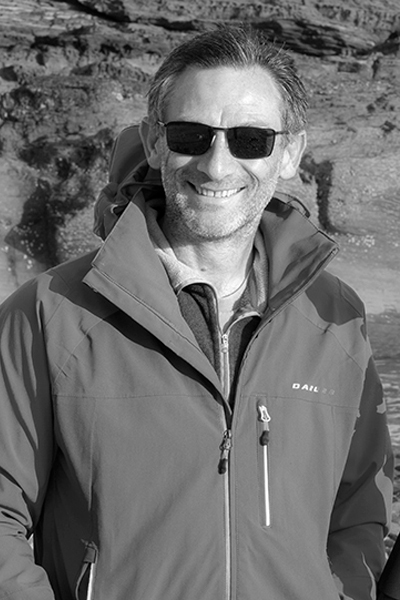
Alan Howe is a semi-professional landscape photographer whose work has featured in magazines, calendars, and National Trust products. He provides landscape tuition and is an ambassador for Kase Filters. www.devonlandscapephotography.co.uk
Picking the right shutter speed is a vital ingredient in any type of photograph and that includes landscaping, which is my passion. Primarily, of course, the ‘right’ shutter speed achieves an accurate exposure and leads to maximum image quality. But with modern cameras making exposure so easy – and especially when working in aperture priority which is what I mainly do – what people really notice is the secondary effect of shutter speed: how it renders movement.
For me, what’s most important about that is how movement makes me feel about a scene. I’m a fan of natural-looking landscapes and controlling shutter speed is a big part of that. Simple, subtle movement from slower speeds, and clear details is what I want, so here are some of the ways I go about it.
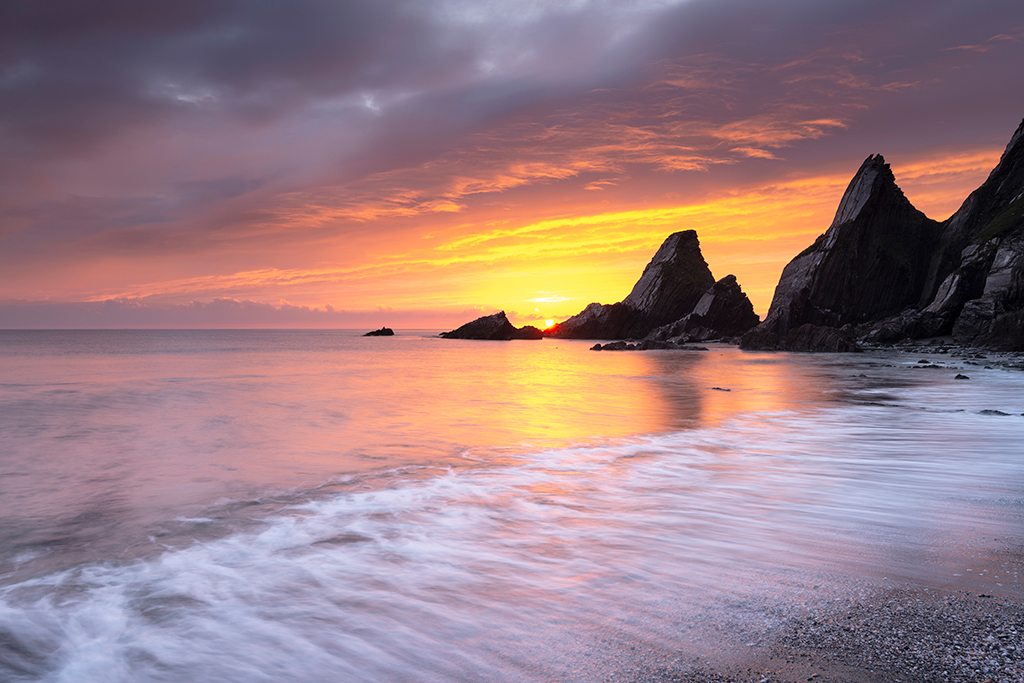
When to go faster
Extreme long exposures have their place, but often make scenes look unrealistic. In that way, I think super-slow speeds have become a bit of a cliché. Conversely, landscapes shot at settings like 1sec or 5secs, take on a calmer and more serene look while still seeming natural. For me, the vast majority of the time, this works better in telling the story of that location.
So, for instance if I want to show the sea on a stormy day, there’s little point in using a speed of 20 or 30secs which will blur waves into a mist. Captured movement must have some direction and shape or the picture will lose its meaning.
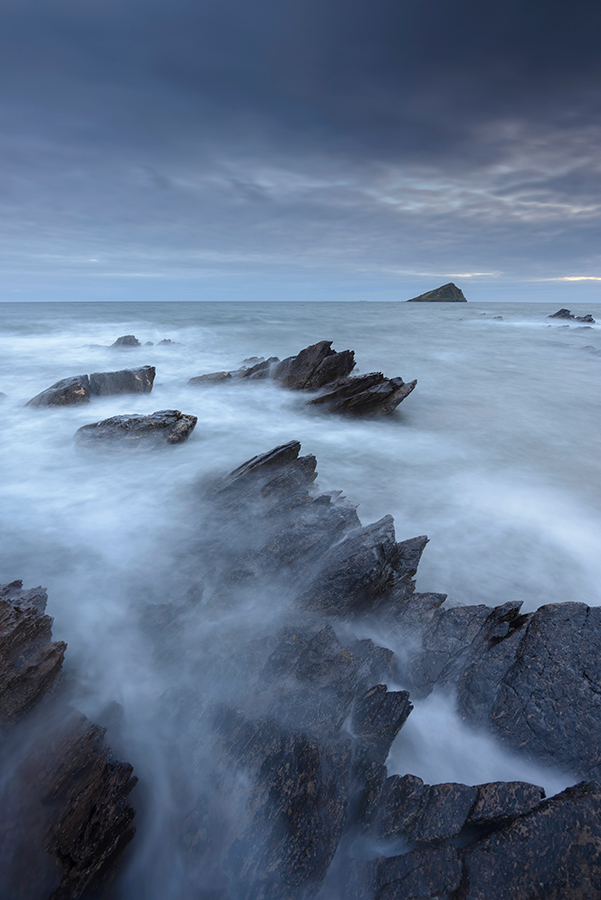
Judge the movement
Exposures need to be activated and timed for the speed and direction of what you’re shooting. For instance, the usual benefit of flowing water is that it will lead the eye into the scene, so if you’re at the coast, try to shoot a wave that’s receding, rather than breaking. Slow water might need 5secs while faster motion could get the motion blur you want at 2secs.
And even at an identical shutter speed, no two waves will look the same, so experimentation with movement is key. The same goes for clouds, and though the shutter will pick up movement across the frame more effectively than motion into the scene, it’s the latter that draws the viewer in. The focal length and how close you are to any movement also affects the shutter speed you need. Distant waves will need a longer speed than a stream that’s right under your lens.
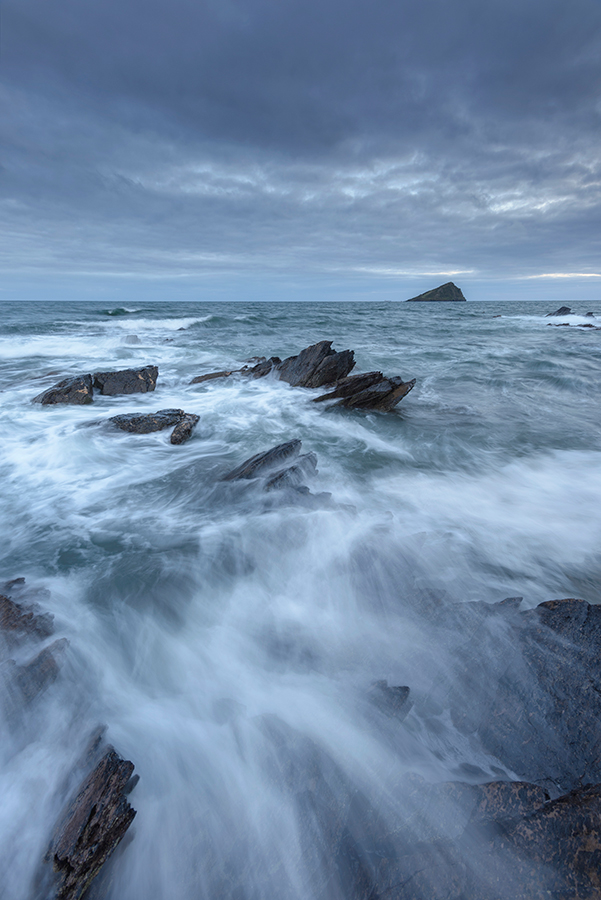
How timing tells the story
Though my preference is to shoot landscapes with exposure times of a few seconds, there are plenty of times that I’ll quicken the exposure. A good example is if you want to stop water, like raindrops falling from a leaf, waves breaking over a jetty, or snow drifting in the air. In those cases, I’ll bump up the ISO to get speeds like 1/100sec or 1/125sec.
Another time that I look for faster speeds is when using longer lenses. Just as for wildlife photographers, long focal lengths can show vibration and soften landscape details more so than when working at a wide angle, so if I’m framing a lone tree or distant peak, I’ll reach for faster speeds.
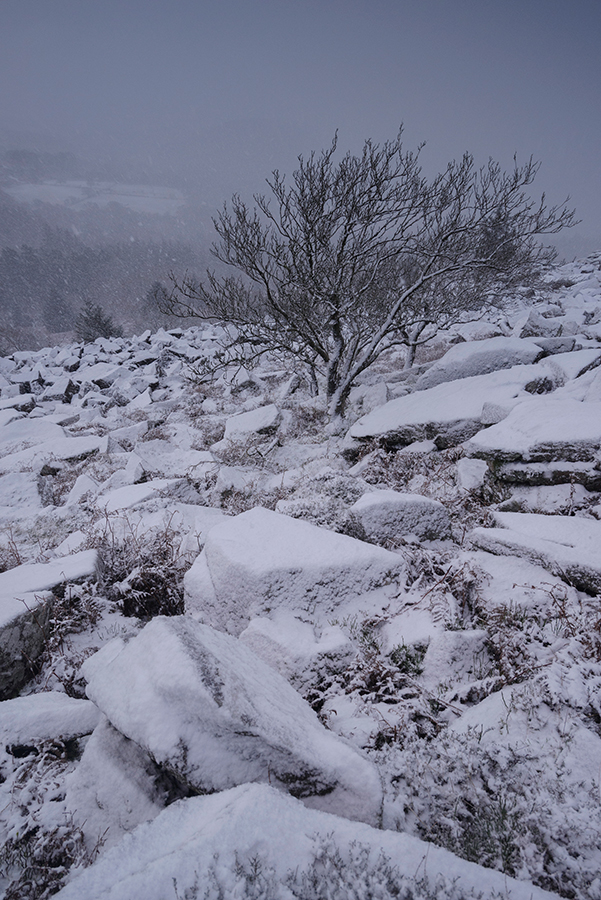
Controlling the light
When it comes to controlling shutter speed, filters are the landscaper’s friend. But because I want natural-looking scenes, I don’t use stronger than a 3-stop ND to cut out light, and I’ll take it off when the light is low enough. I use Kase Wolverine filters, including a polariser, which also cuts out about a stop of light, allowing those slower speeds.
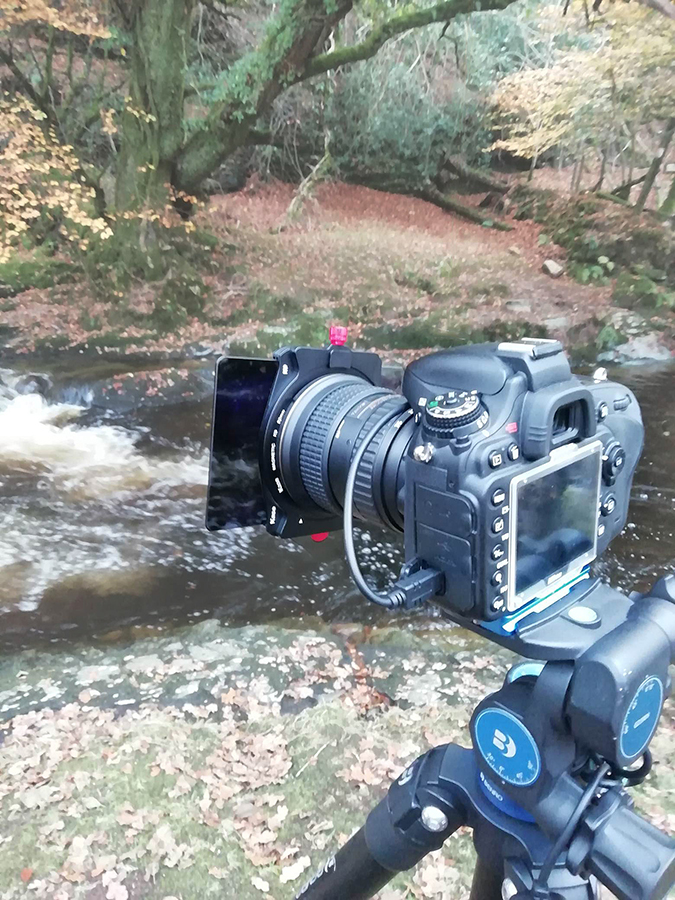
Naturally I’ll lower the ISO – down to 50 on my Nikon D610 if needed – but I don’t like to close the aperture below f/16, as sharpness suffers and every mote of dust on the sensor will become visible. Remember, too, that as a landscaper, part of the skill is to wait for the light to be right, so be prepared to get to a location early enough for the light to be less intense or wait for it to fall at the end of the day.
Further reading

